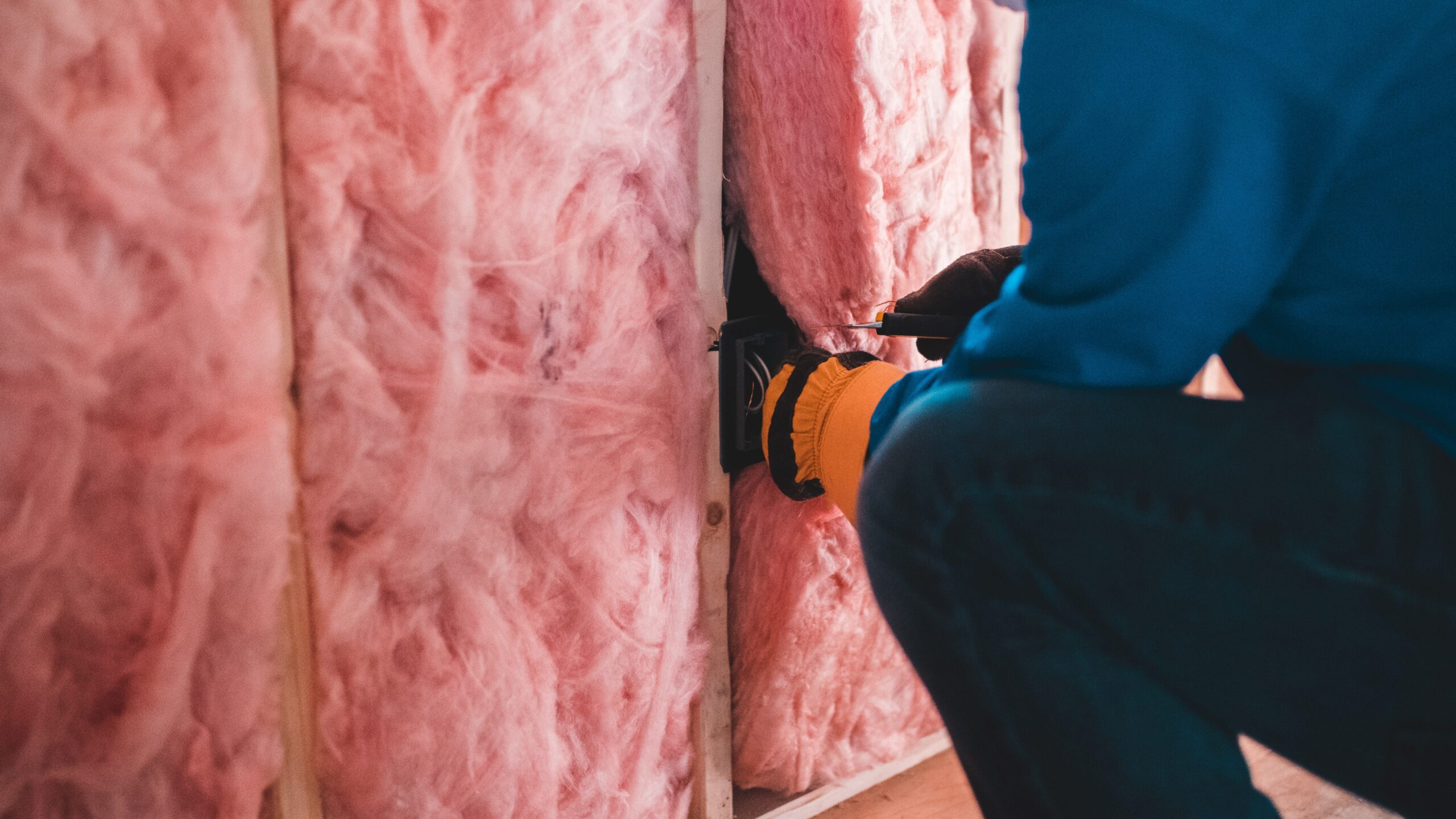
Creating More Energy Efficient Homes
Most non-profit housing co-op buildings date back to the 1970s or 1980s. Maybe yours does too?
Some have already gone through major exterior renovation projects, but others may still have largely original construction. If you’re feeling drafts inside your home, or there’s moisture on the inside of your walls, it might be time to think about replacing the building envelope.

The building envelope is a physical barrier that separates the inside of a building from the outside environment. It includes the roof, walls, and foundation. It plays a crucial role in energy consumption.
One main function of the building envelope is to control the flow of heat and air. A well-insulated and sealed building envelope will help keep your home warm in the winter and cool in the summer, reducing the need for heating and cooling systems. This, in turn, can significantly reduce your energy use and bills. (A properly designed building envelope can also reduce the amount of noise that enters your home.)
Like everything else, as the building envelope gets older, it becomes less effective and will need to be replaced. The best time to bring in major improvements is when the envelope is near the end of its useful life and requires replacement. Insulation can be added to attics, walls, and floors. Windows can be upgraded to a more energy-efficient type. There are both strategies that help reduce heat loss in the winter and keep homes cool in the summer.
The building envelope plays a crucial role in how our homes consume energy. Investing in building envelope improvements can help to reduce energy costs, increase effectiveness of existing heating and cooling systems, and improve the living environment for residents.
Keeping the weather outside

There are things you can do in conjunction with building envelope replacement or on their own that can help make homes more energy efficient.
An often-overlooked part of the envelope are the sealants. Gaps and cracks in the building envelope can create drafts, let unwanted hot or cold air in, and increase the need to provide supplementary heating or cooling to maintain comfortable temperatures. Sealing up gaps and cracks around doors and windows can have benefits.
- Homes are warmer in the winter because cold drafts are reduced and less hot air escapes
- In the summer, it’s harder for hot air to enter
- It can help make your home more energy efficient
- Save on costs to heat or cool your home
These changes are simple and affordable to make; and can make a noticeable difference in the comfort of your home. Many local hardware stores carry a selection of weatherstripping products, but CHF BC members can also find options through our services.
Find something that works for you
Housing co-operatives often face the challenge of balancing cost-effectiveness with energy efficiency. Investing in building envelope improvements reduces energy consumption and reduces costs over the long-term.
Here are a few ways to help jump start your co-op’s journey:
- Make sure your maintenance and asset management plans include touch-ups of exterior sealants.
- Make sure your renewal plan (capital plan), includes upgrades of windows, cladding, and insulation. (Go beyond just like-for-like replacements).
- Consult with a building envelope and/or energy professional to learn about innovative solutions and what may be a good fit for your property.
Interested in learning more about CHF BC services?
CHF BC’s Group Buying program has a number of insulation products and installation services available. For more information, contact Arnold Sang, Commercial Services Director, at asang@chf.bc.ca.
Our Planning & Renewal team also offers long-term planning services. For more information, contact renewal@chf.bc.ca.